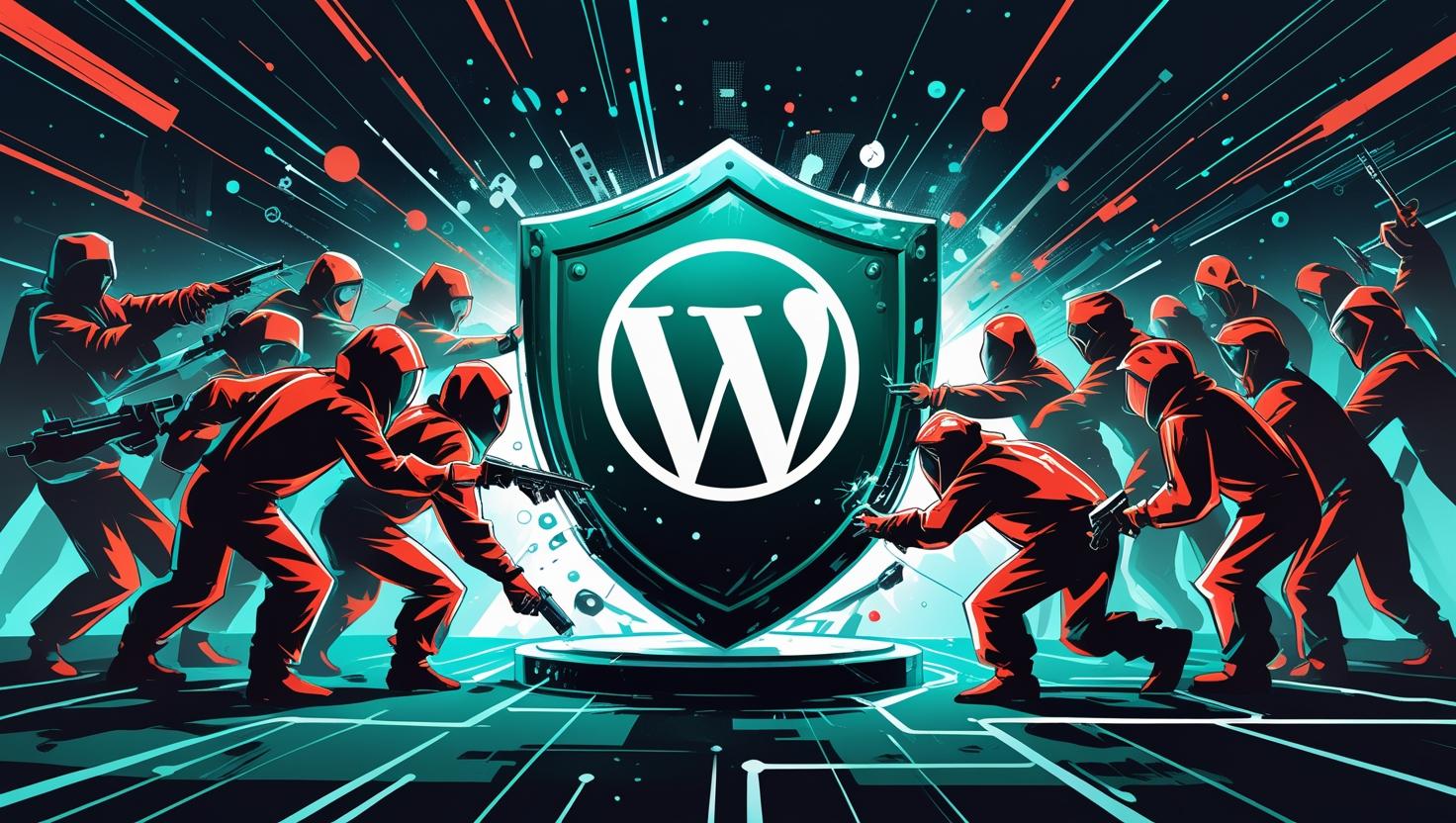
How to Secure WordPress from Hackers
How to Secure WordPress from Hackers
📌 Introduction
WordPress powers over 40% of websites — which makes it a prime target for hackers. But with the right strategies, you can protect your website from malware, brute-force attacks, and data breaches. Here are the best ways to secure your WordPress site in 2025.
🔐 1. Use Strong Usernames & Passwords
-
Avoid using “admin” as your username.
-
Use complex passwords (mix of upper/lowercase, numbers, symbols).
-
Change passwords regularly.
🚪 2. Enable Two-Factor Authentication (2FA)
-
Adds an extra layer of login security.
-
Use plugins like Google Authenticator or WP 2FA.
🔄 3. Keep WordPress, Themes & Plugins Updated
-
Outdated software is the #1 cause of site hacks.
-
Always use trusted, regularly updated plugins.
🔐 4. Install a WordPress Security Plugin
Top plugins:
-
Wordfence Security
-
Sucuri Security
-
iThemes Security
They offer:
-
Firewall protection
-
Malware scanning
-
Login attempt limits
🌐 5. Use SSL Certificate (HTTPS)
-
Encrypts data between your site and visitors.
-
Boosts both security and SEO.
-
Most hosts offer free SSL with plans.
⚠️ 6. Limit Login Attempts
-
Prevent brute-force attacks.
-
Use plugins to block multiple failed login tries.
🛡️ 7. Disable File Editing in WP Dashboard
Add this line to your wp-config.php:
This prevents hackers from injecting malicious code via the dashboard.
🧱 8. Secure wp-admin & wp-login.php
-
Rename login URL using plugins like WPS Hide Login.
-
Restrict access to
/wp-adminby IP address if possible.
💾 9. Regular Backups
-
Use tools like UpdraftPlus or Jetpack Backup.
-
Store backups off-site (Google Drive, Dropbox, etc.)
🔄 10. Choose a Secure Hosting Provider
-
Go with providers that offer firewall, malware protection, daily backups, and DDoS defense.
Recommended: HiveRift, Hostinger, SiteGround
✅ Conclusion
Securing your WordPress site is not optional — it’s essential. Follow these tips to keep hackers away, protect your visitors, and maintain your SEO rankings. A few simple measures today can save your site from disaster tomorrow.